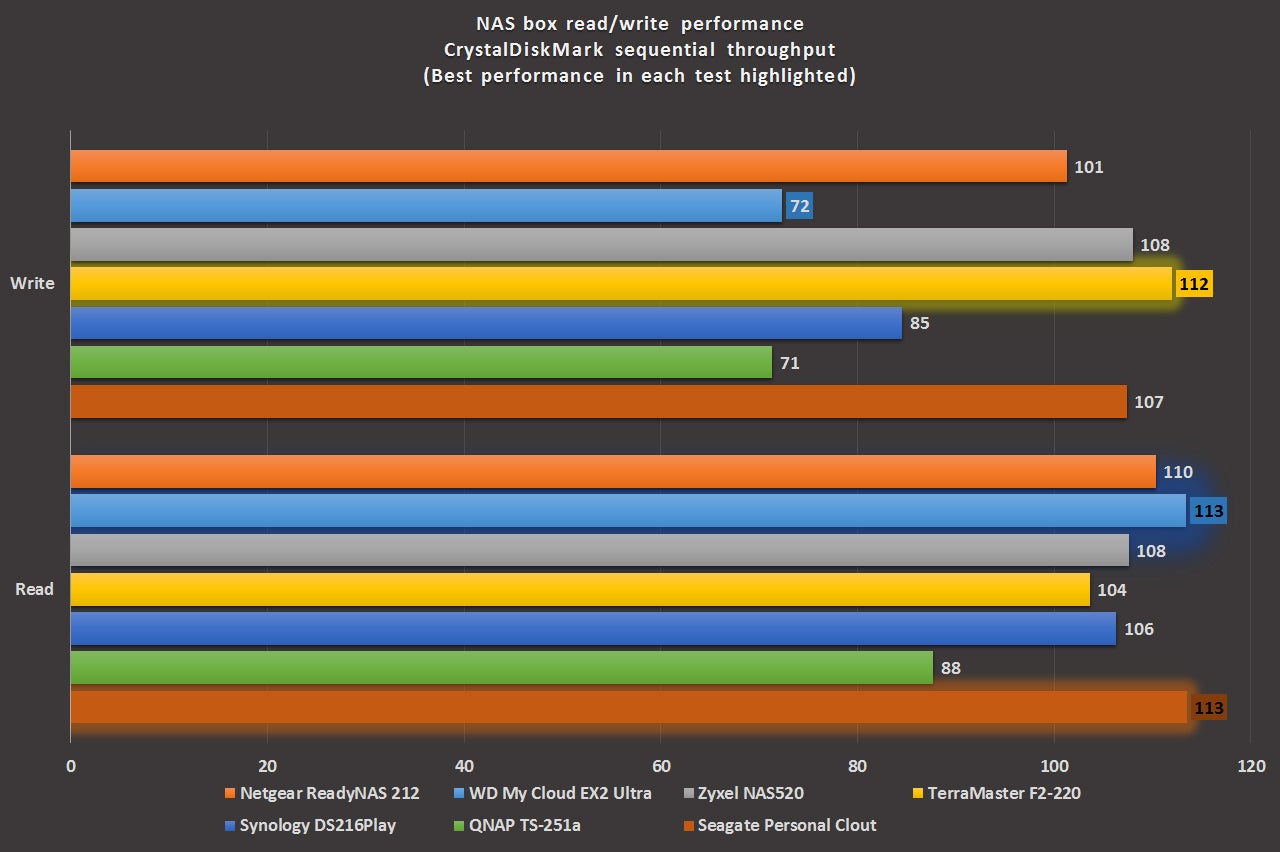


Obviously, “the Cloud” (aka, “someone else’s servers”) features prominently among the options to backup the files on the NAS, and in particular AWS Glacier is a very cheap and effective way of archiving your files, in case disaster strikes. QNAP NAS have a very useful collection of “apps” that can be activated via their webserver: there is a Torrent client, a Media manager, even a Plex Media server (although, my TS-212 is too resource-constrained to really be able to run that) and other assorted media server and backup applications. I have now had a TS-212 QNAP NAS for many years and I am really (really!) happy with it: it works exceedingly well for what I originally bought it for (a networked backup drive, essentially) but it has also so many more facilities that I really have come to depend on it for a number of backup and storage tasks.Īlso, credit to QNAP for continuing to release frequent firmware updates (particularly appreciated in the wake of security vulnerabilities) even though the model is now ancient by current technology standards: these guys really care about their users, and I’m already planning to buy another QNAP soon (the TS-251) for the necessary upgrade.


 0 kommentar(er)
0 kommentar(er)
